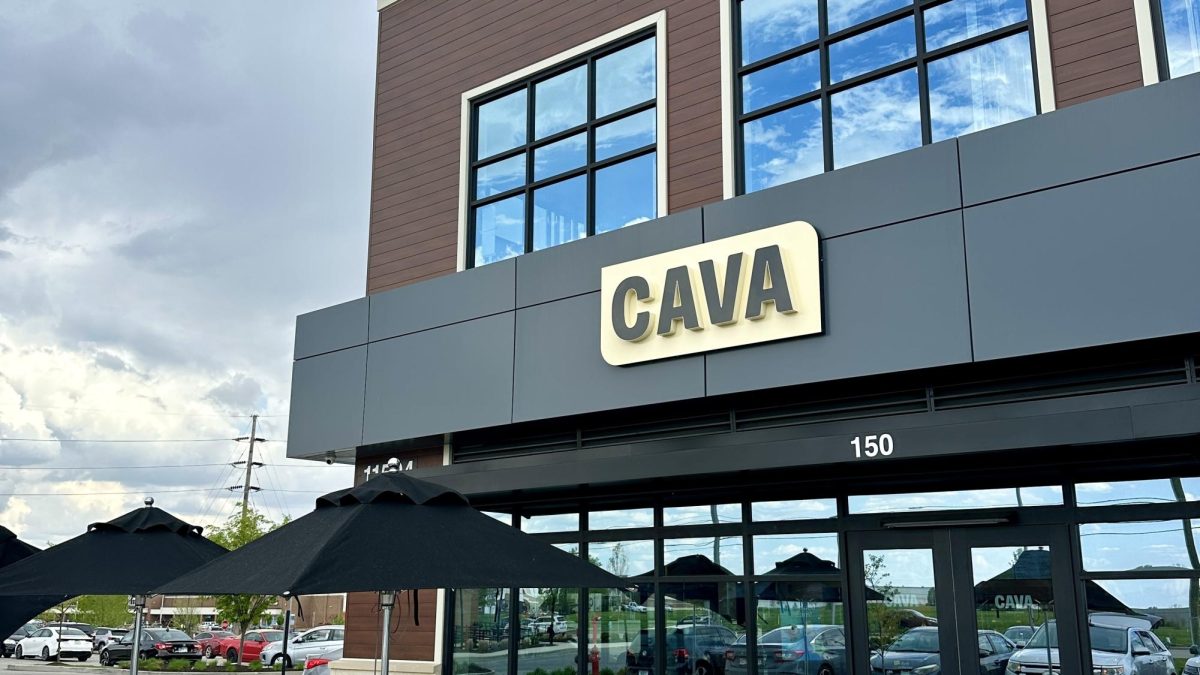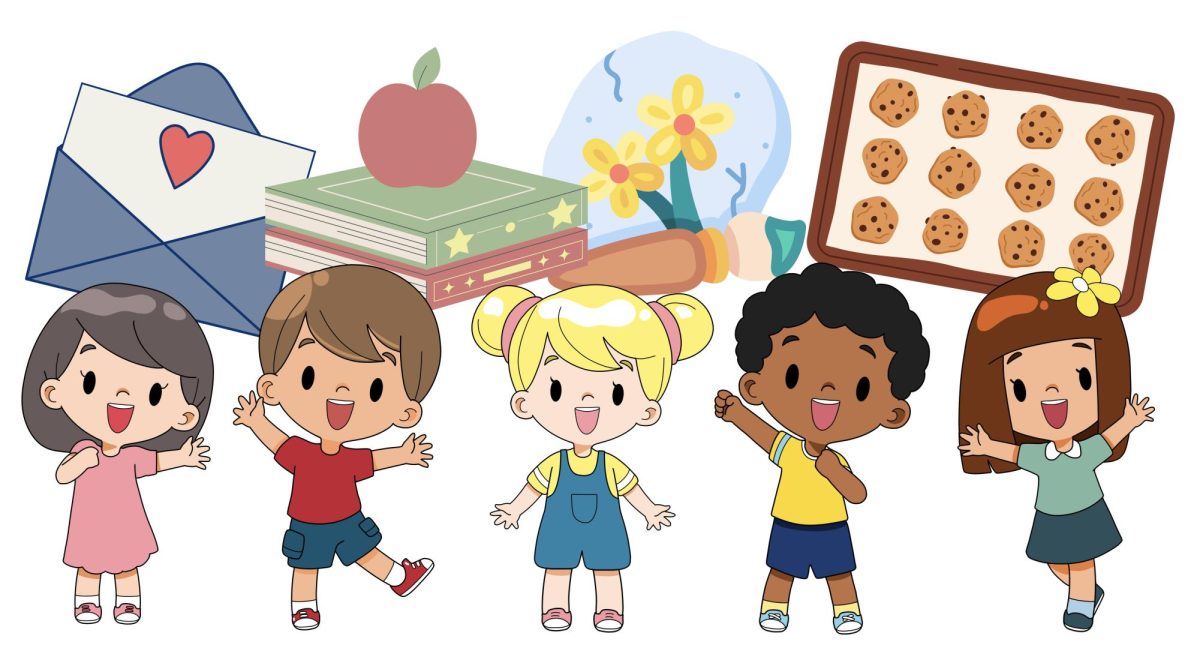Caught in a chokehold, students seem to only want to talk about three things: how their favorite college is doing in March Madness, the latest bracket-breaking upset, or a much-anticipated matchup that is sure to be exciting. Since its start two weeks ago, the tournament has sparked commonality among the student body, and although the number of games has diminished since the first round, students seem to exhibit a boosted morale as the school year gets closer to the end.
“[March Madness] gives students another thing to look forward to,” junior Kruz Luhmann said. “Having this can help students look forward to something other than tests, finals and quizzes toward the end of the year.”
Students are not the only people who make their own bracket. Teachers like to join the fun, hosting March Madness competitions and even showing games with excess class time. It is only natural for teachers to be in high spirits when surrounded by engaged students and interacting with their coworkers.
“I keep up with my students’ brackets to see who’s doing well and to see who’s doing poorly so we can have those conversations,” English teacher Brianna Daniels said. “But then certain teachers choose to participate in a bracket competition run by Mr. Cutter, too, so I also have that opportunity to engage my peers with the same kind of conversation. It’s fun when we need fun, because winter is coming to an end, things are starting to lag and drag and it’s just a good time to have a good time.”
With March Madness giving a boost to students and teachers alike, it begs the question of how this basketball tournament elicits such a reaction. It could be attributed to the inclusivity of the event.
“I think students who have never played basketball can just fill out brackets for fun and try to win class competitions and things of that sort,” Luhmann said. “I think [March Madness] is relatable for all students. A student who watches and plays basketball can relate and talk to someone they probably haven’t before.”
Although the people of the school enjoy a competitive game, it is important to mind the expected school environment. With so many students having basketball at the forefront of their minds, it is possible to have a diminishing effect on the educative environment. However, supporting student viewership of the tournament could potentially have the opposite effect.
“The way in which I keep [March Madness] from interfering with student education is by incorporating it into my class,” Daniels said. “I allow those games to be watched, but will have something that relates to class work that they can work on silently while the game is playing… All [the games] excite me, all of it enhances education and makes learning opportunities better.”
As of the publication of this story, March Madness has reached the final four: between Auburn, Duke, Florida and Houston. This year is expected to be something special, as this year’s final four is comprised entirely of one-seeded teams. This is only the second time this has been the case in NCAA history, meaning students and administrators will not be short of new March Madness news and competition.








